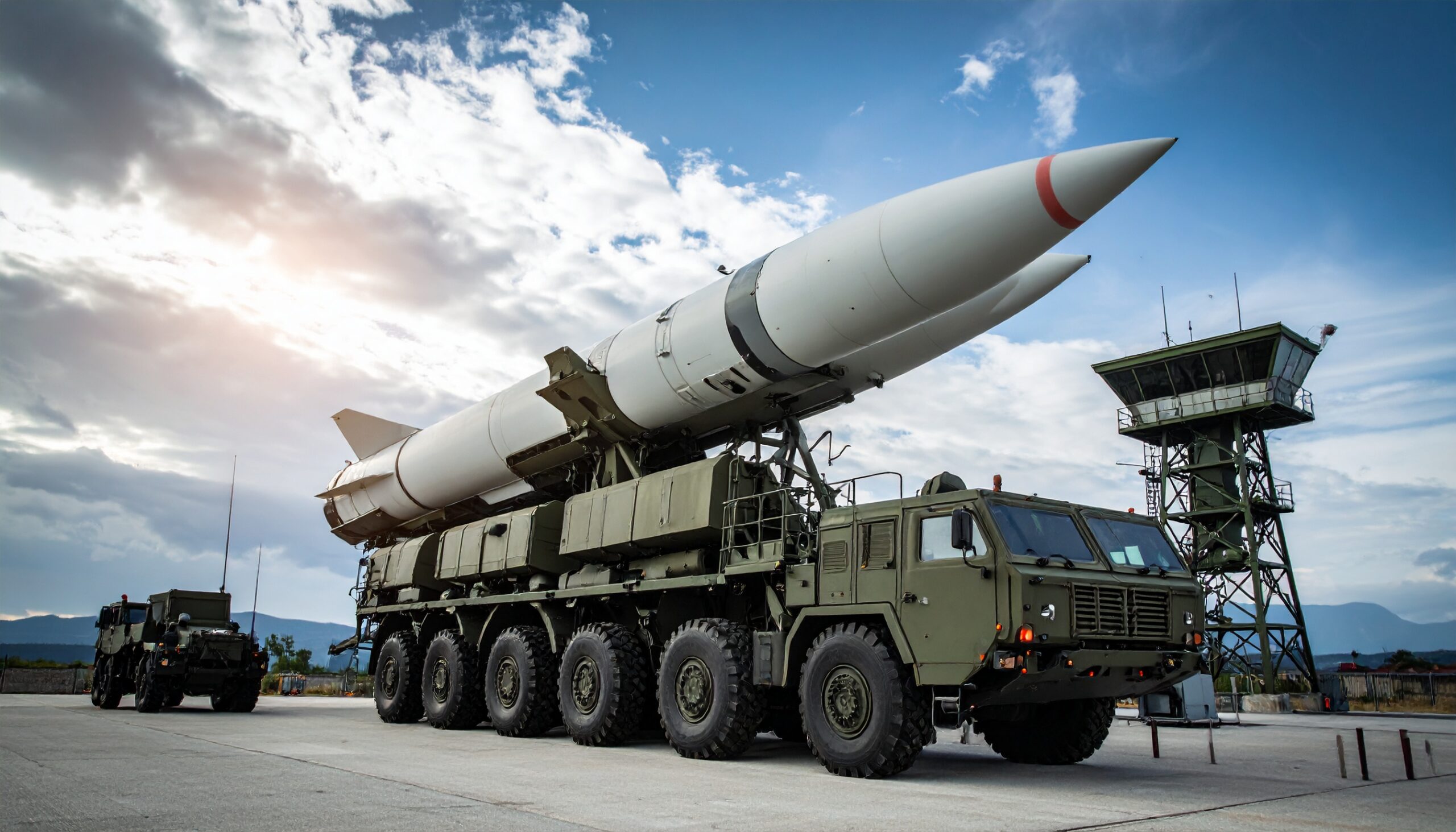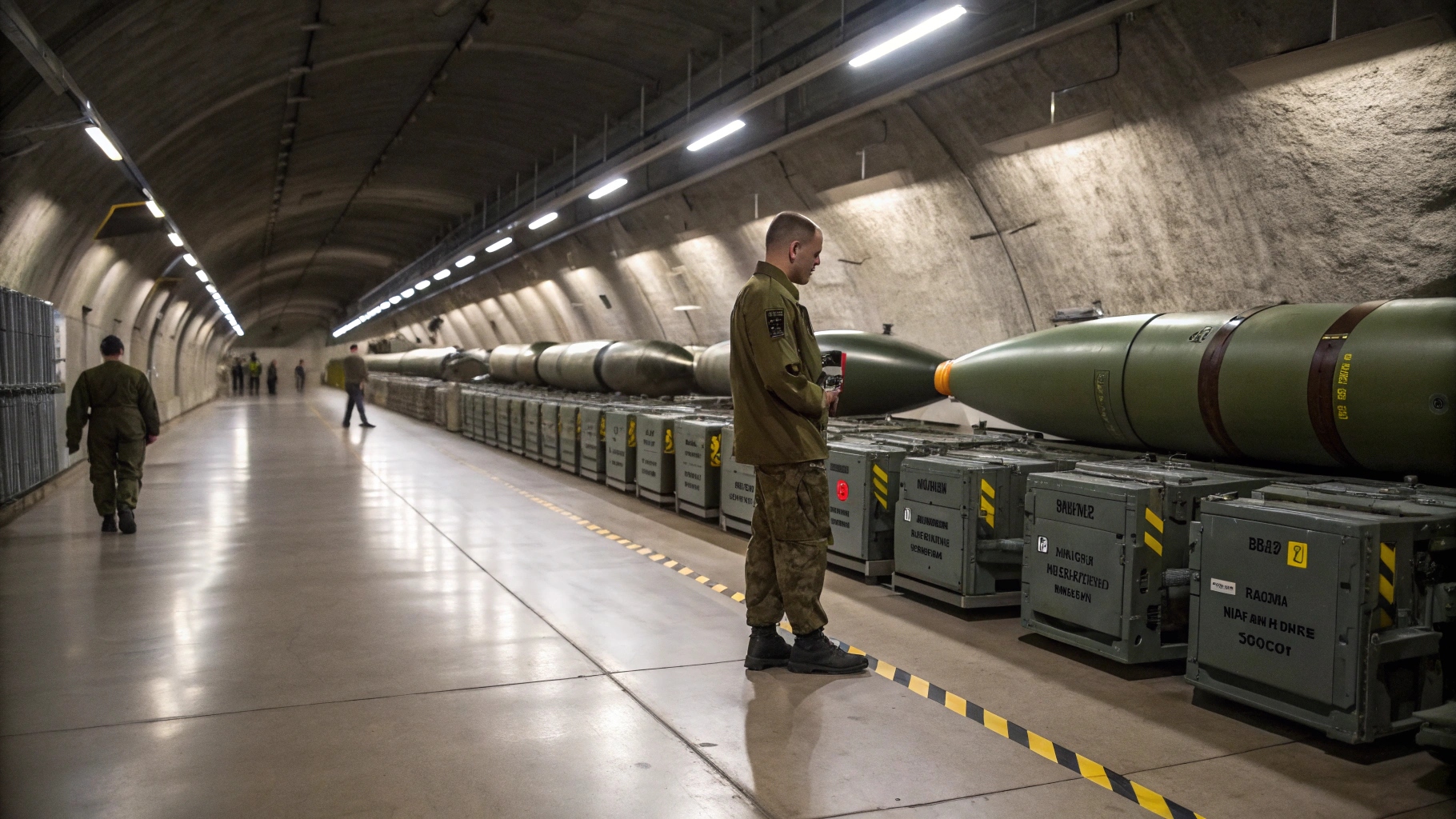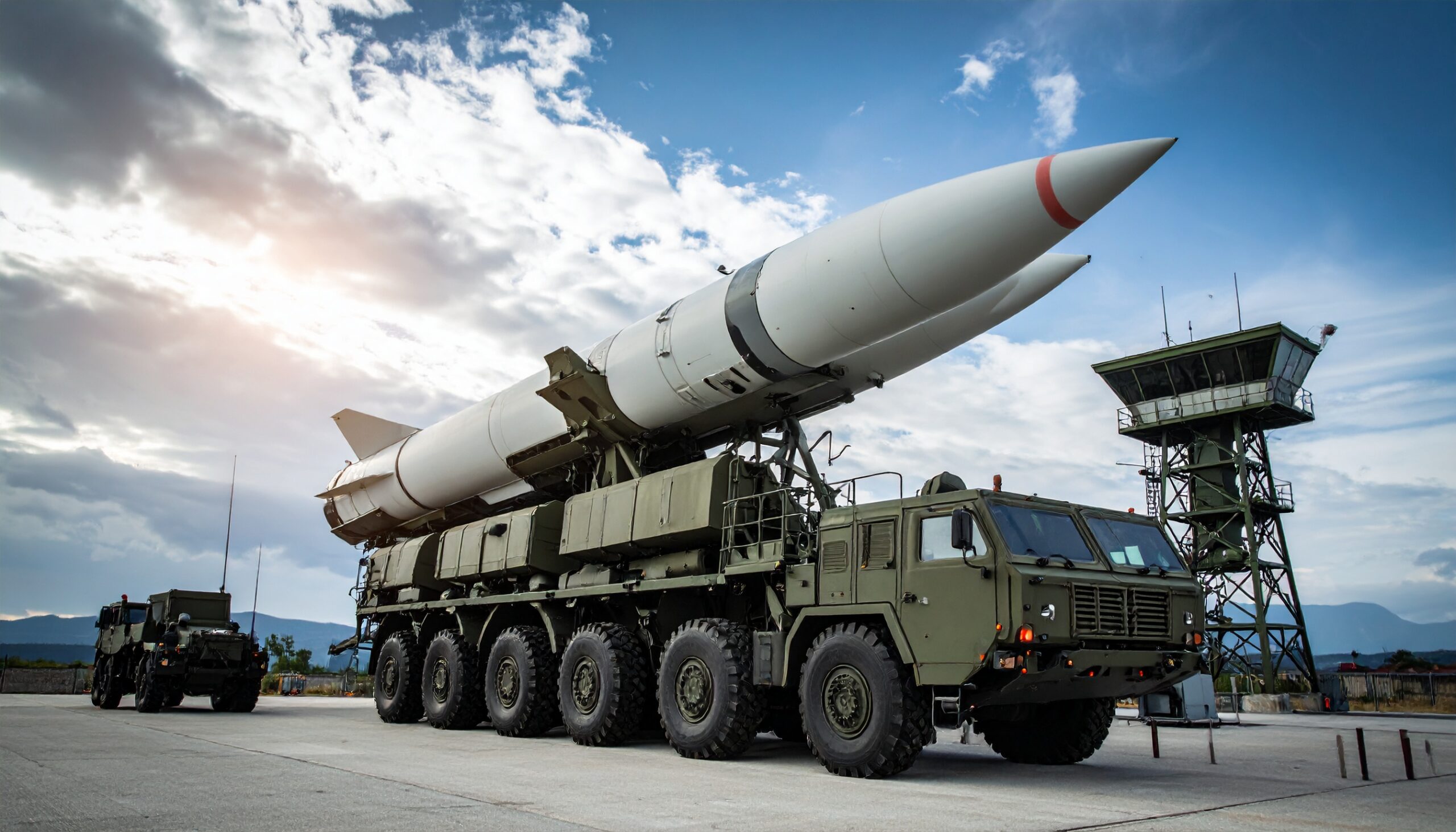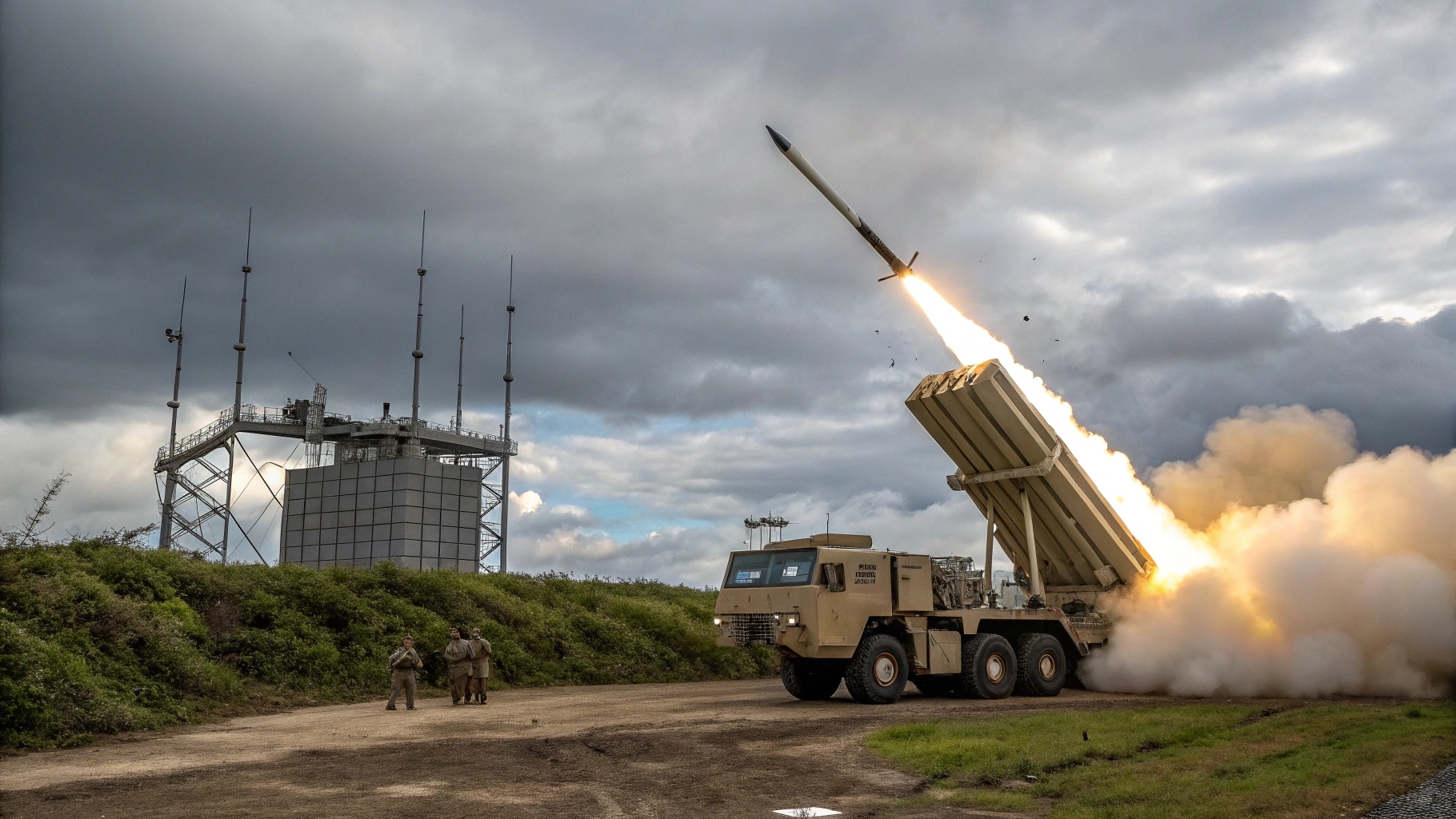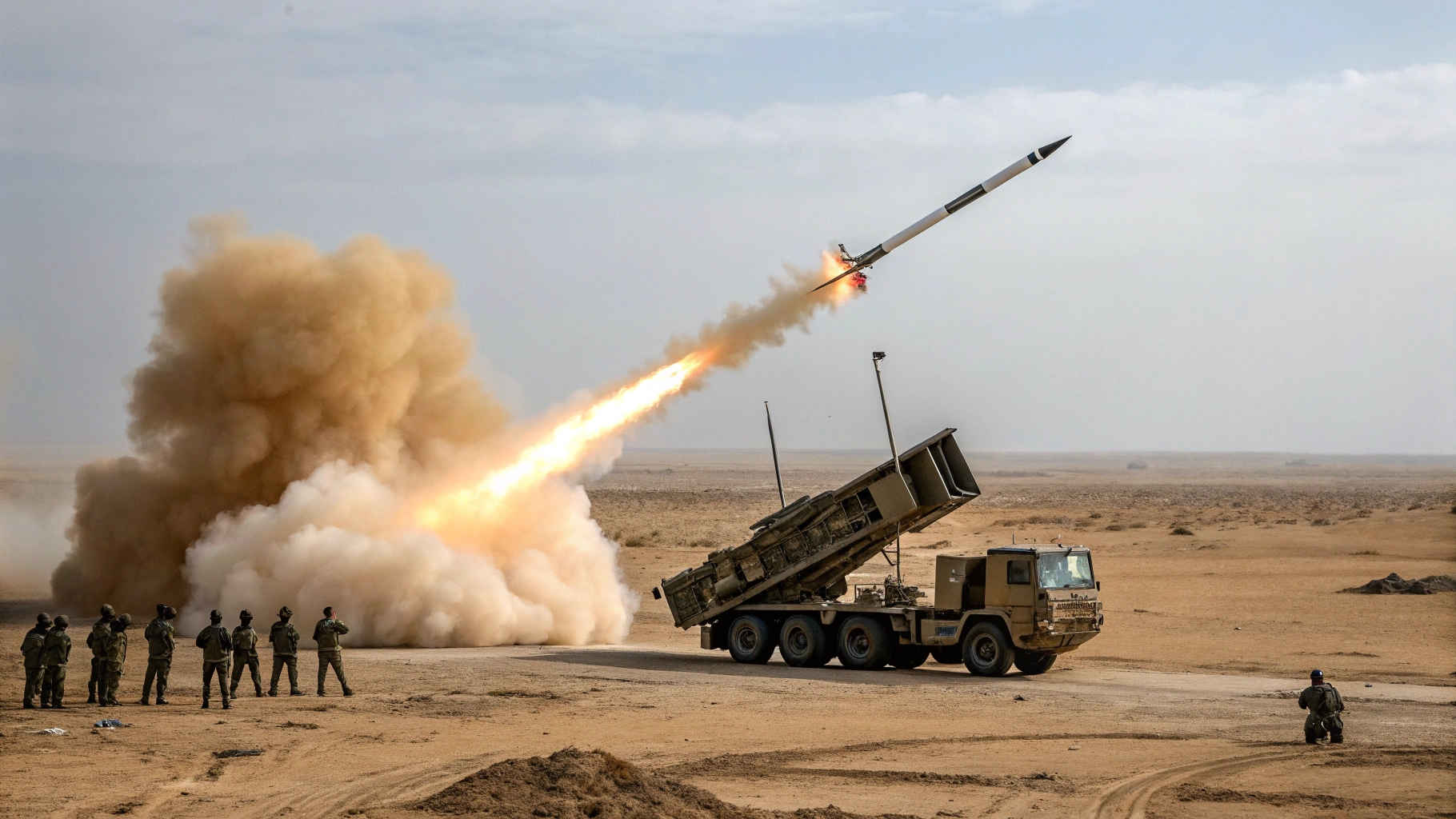
The US Army has cleared Northrop Grumman’s ATHENA missile warning sensor for Phase II of the Improved Threat Detection System (ITDS) program, which aims to enhance aircraft defense under an Other Transaction Agreement (OTA). The ITDS is intended to replace the aging Common Missile Warning System, currently fitted on helicopters and light fixed-wing aircraft, and will offer protection against drones, missiles, rockets, artillery, lasers, and small arms fire.
Deployment will extend across existing and future rotary-wing fleets, with the MV-75 Future Long Range Assault Aircraft and the AH-64 Apache prioritized for integration. The ITDS program emphasizes extended-range detection and improved countermeasure activation, using advanced infrared sensors to identify threats and engage kinetic or non-kinetic responses.
ATHENA delivers enhanced resolution, faster processing power, and full 360-degree coverage through multiple sensor installations. This capability provides crews with more time to react, while preserving onboard computing capacity for other mission-critical systems. Its software can be easily updated, ensuring adaptability against evolving threats.
The system integrates with aircraft countermeasure solutions like the Common Infrared Countermeasure (CIRCM) and goes beyond infrared missile detection by identifying hostile fire and anti-tank guided missiles. Phase II development will include design, testing, sensor evaluation, flight trials, and prototype integration. By 2026, 10 test prototypes and 100 deployable systems are expected, leading toward an initial operational capability by 2029.


